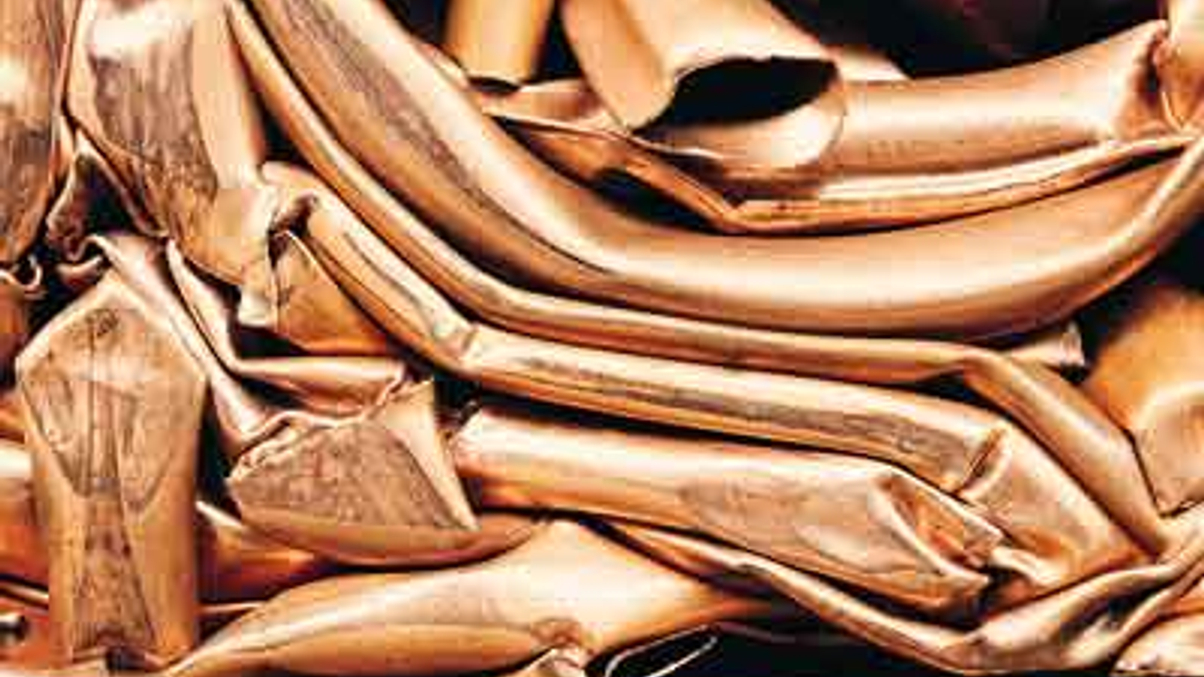China demand doesn’t mean a one-way metals bet
Chinese demand for base metals is insatiable but the Chinese don’t like high prices; is zinc the new copper?

The story of Chinese demand has propelled commodity prices for years now, and is a widely recognised driver of a ‘super-cycle’ in commodity prices.
Sign In to Your Account
Access Exclusive AsianInvestor Content!
Please sign in to your subscription to unlock full access to our premium AI resources.
Free Registration & 7-Day Trial
Register now to enjoy a 7-day free trial—no registration fees required. Click the link to get started.
Note: This free trial is a one-time offer.
¬ Haymarket Media Limited. All rights reserved.


